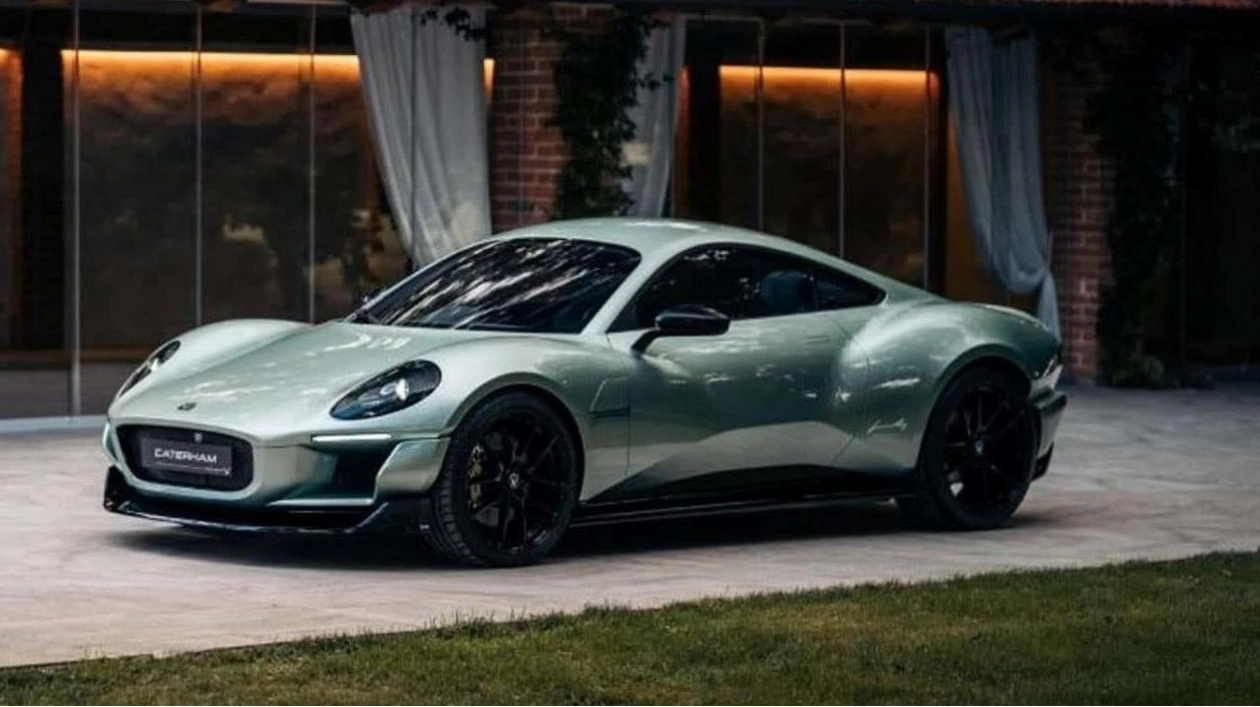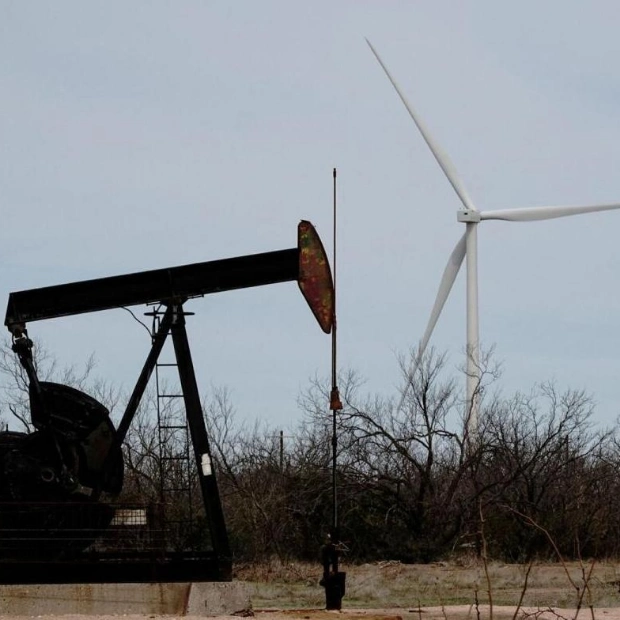Remember the Caterham Project V? This concept car, unveiled at the Goodwood Festival of Speed last year, was a collaboration between Caterham and Italdesign, boasting an incredibly low curb weight of 2,623 pounds. It wasn't just a fleeting concept; Caterham has concrete plans to bring a production model to market. Today, we learn that Yamaha will be providing the electric powertrain for this coupe. The concept is now being developed into a prototype by Tokyo R&D, with completion expected by mid-next year. Series production is slated to begin in 2026.
Caterham remains tight-lipped about the specifics of Yamaha's electric motor, but we recall that the Project V was rear-wheel drive with 268 horsepower. The showcar at Goodwood featured a 2+1 seating arrangement, though a 2+2 option was mentioned. Performance figures included a 0 to 62 mph time of under four seconds and a top speed of 143 mph. The coupe's 55-kWh lithium-ion battery offered a range of 249 miles on the WLTP cycle, with support for 150 kW DC charging, enabling a 20% to 80% charge in about 15 minutes.
To expedite development without compromising quality, Caterham incorporated components from other vehicles, such as Maserati seats and the Audi TT's door aperture. Some of these readily available parts will be used in the production model to reduce costs. Although Yamaha has never produced its own car, the company has a rich history in the automotive industry. It toyed with the idea of a Miata rival in the mid-2010s and assisted Toyota with the 2000GT in the 1960s. Yamaha also engineered Ford's V-6 SHO and V-8 SHO engines.
Yamaha's most notable automotive endeavor was its work on the Lexus LFA and its naturally aspirated V-10. The company also developed a V-8 for Volvo and four-cylinder engines for the Toyota Celica, MR2, and the Lotus Elise. Additionally, there was the Motiv concept and the aborted 1992 OX99-11 supercar, which was intended to feature a V-12 engine. Despite its ventures into electric technology, Yamaha hasn't entirely forsaken internal combustion engines. Recent projects include a golf cart and a hydrogen-burning combustion engine buggy.






